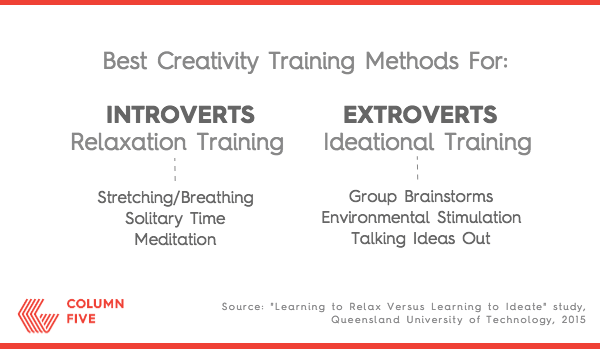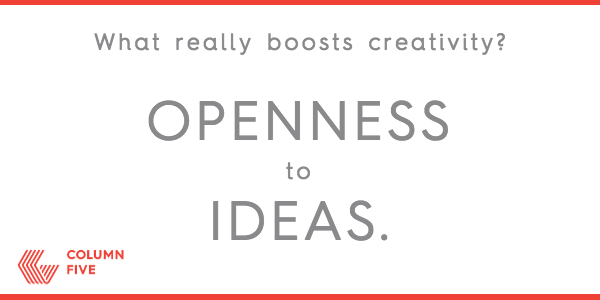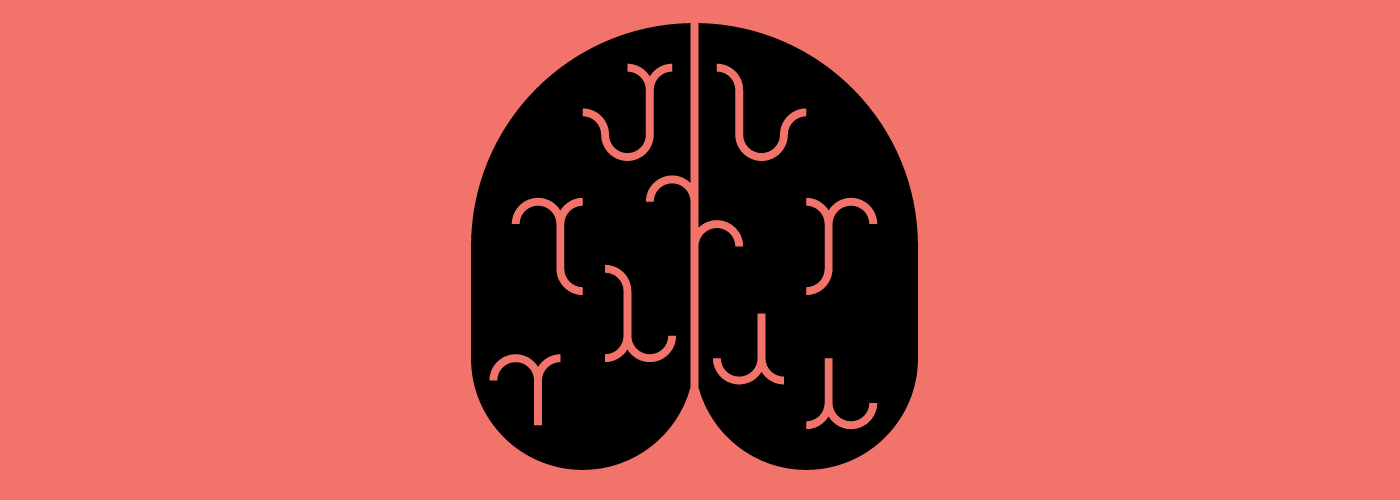Everyone is desperate to be more creative these days. Between downloading the latest Tim Ferriss podcast or brushing off an old copy of The Artists’ Way (a relic of the ‘90s), we all want an IV drip of inspiration pumping into us 24/7. Obviously, businesses want that for their employees, too. Hence we’ve seen the proliferation of corporate training programs promising to “unleash the power” of your team’s creativity. While those PowerPoints might be nice, researchers are testing the validity of these programs as they search for the ever elusive key to creativity.
Modern science has yet to give us the formula for creativity, but study findings are nudging us toward more effective behavior. Turns out, our tendencies toward introversion and extroversion may affect how we come up with our best creative ideas.
Training Methods to Be More Creative
In 2011, researchers at the University of Oklahoma, Norman conducted a study to analyze the efficacy of the many corporate creativity training programs out there. The results? Of the 156 training programs assessed, only 11 proved to be effective. Those numbers don’t sound great, but they did provide some interesting insight. Of those 11 successful creativity training programs, the researchers noticed two particular schools of thought that overlapped between the programs:
- Ideational skills training
- Relaxation training
You may not have heard of these types of training, but you have likely employed them at some time in your life.
Ideational Skills Training
This type of creativity training helps you be more creative by looking to outside forces. You pitch and brainstorm ideas with a group and hear other individuals out. You talk until one line clicks, then you follow it. Even if you’re alone, you observe the environment around you until something snags your attention and you follow it. In this, you are going to the idea, wherever it lays. If you’re an extrovert, you might be nodding in recognition.
Relaxation Training
Meanwhile, relaxation training is a solitary experience. It may include stretching or breathing. You allow the idea to come to you by pretty much meditating. Once your mind mellows, with anxiety barely present and negative thoughts gone altogether, your intellect wanders. You force nothing and welcome what presents itself. This may be an introvert’s favorite way to be more creative.

Which Method Helps You Be More Creative?
While relaxation training and ideational skills training are the more notable types of creativity training, they are not necessarily prescriptive. Extroverts don’t only work in groups, and introverts are not the only masters of meditation. Still, researchers were curious to find out which of the two training styles are more effective and if your personality type does, in fact, help you be more creative.
In 2015, researchers at Queensland University of Technology and Griffith University conducted a study that compared the short-term effectiveness of ideational skills training and relaxation training, as well as whether or not success in these programs was influenced by personality traits (introvert vs. extrovert). The results found a definite correlation between training styles and personality types.
“Extroversion and openness were predictors of creative performance overall,” according to the study. “More interestingly, however, results revealed a three-way interaction between extroversion (introverts vs. extroverts), training type (ideation skills training vs. relaxation training), and time (pre- vs. post-training), suggesting that relaxation training is particularly beneficial for introverts, whereas ideation skills training is more effective for extroverts.”
Although the short-term creative performance results lean in an extrovert’s favor, take heart, introverts. Openness is also a key factor. That means simply being open to ideas and maintaining a state of perpetual curiosity, which is a trait any of us can adopt (and you don’t have to join a kickball team to do so).

So, ultimately, what does this research really mean for our day-to-day creative lives? Whether you prefer to kick your shoes off and zone out in a conference room or grab a lively group for an impromptu idea download, increasing your creative output really comes down to knowing yourself and how you work best. It also helps to let your team know which ideation methods help you be more creative. (On that note, read Column Five cofounder Jason Lankow’s tips on dealing with the 4 types of creative personalities—a huge help if you’re dreading your next creative meeting.)
The search for creativity continues, and hopefully there will be more definitive answers in the future. In the meantime, researchers do have one great trick for both introverts and extroverts: walk, walk, walk, walk, walk. According to a 2014 Stanford study, walking absolutely increases creativity—even if you’re walking on a treadmill in a windowless basement. Blegh.
Sidenote: We’re obsessed with any and all creativity hacks. If there’s anything that works for you, please tell us!




